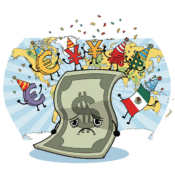Tehran Relocation: A political shift?
Tehran, Iran’s bustling capital, faces growing challenges that have reignited talks of relocating the country’s political center. Overcrowding, severe pollution, and earthquake risks are pushing the government to consider alternatives.
Home to over 15 million people, Tehran struggles with crumbling infrastructure, endless traffic, and toxic air. Water shortages add to the crisis, making the city increasingly unlivable. Even more alarming is its location on major fault lines—experts warn a devastating earthquake could strike at any time, risking both lives and governance.
A new capital could ease congestion, reduce disaster risks, and redistribute economic activity. Some also see it as a political reset, moving power away from Tehran’s history of protests. Yet, critics argue the massive cost might be better spent fixing existing problems rather than starting fresh.
While no decision is final, the debate highlights Iran’s urgent need for solutions—whether through relocation or radical urban reform. The clock is ticking as Tehran’s crises deepen.



